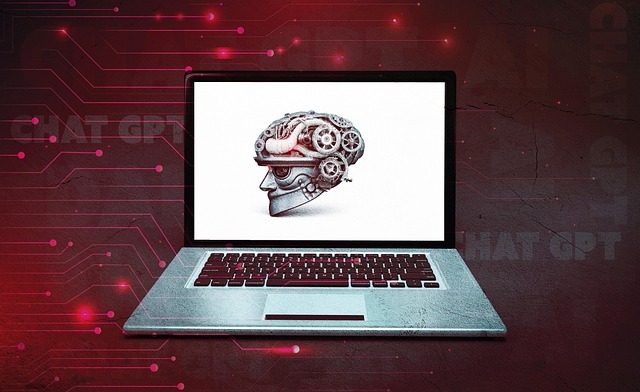“`html
Introduction
In an era where technology is increasingly woven into the fabric of daily life, artificial intelligence (AI) stands out as a transformative force. One area where AI is making significant strides is in the realm of communication. By enhancing human interaction and connectivity, AI is reshaping how we communicate, share information, and build relationships.
The Rise of AI-Powered Communication Tools
Innovative AI-powered communication tools have emerged, fundamentally changing the way we connect with others. These tools range from chatbots and virtual assistants to advanced language processing systems. Their ability to understand and generate human language has made them invaluable in both personal and professional settings.
Chatbots: The New Frontline of Customer Service
One of the most visible applications of AI in communication is the rise of chatbots. These AI-driven systems provide instant responses to customer inquiries, enabling businesses to offer 24/7 support. By handling routine questions and tasks, chatbots free up human agents to focus on more complex issues, enhancing overall service quality.
Virtual Assistants: Personalizing Interaction
Virtual assistants like Siri, Alexa, and Google Assistant have revolutionized the way individuals interact with technology. By using natural language processing, these assistants can understand spoken commands and respond in a conversational manner. This capability not only streamlines daily tasks but also creates a more personalized experience for users.
Enhancing Language Translation
Language barriers have long posed challenges to effective communication, particularly in an increasingly globalized world. AI technology is addressing this issue through advanced language translation tools. These systems leverage machine learning algorithms to provide real-time translations, making cross-cultural communication smoother than ever.
Real-Time Translation: Bridging Gaps
Real-time translation applications enable users to communicate seamlessly across different languages. Whether in business meetings or casual conversations, these tools facilitate understanding and collaboration. As a result, individuals can engage with diverse cultures, fostering inclusivity and global connectivity.
Improving Accuracy and Context
AI-driven translation services are continually improving in accuracy and contextual understanding. Unlike traditional translation methods, which often produce literal translations, AI systems can grasp nuances, idioms, and cultural references. This advancement minimizes misunderstandings and enhances the quality of communication.
AI in Social Media: Transforming Connectivity
Social media platforms are also leveraging AI to enhance user interaction. Algorithms analyze user behavior and preferences, curating content that resonates with individual users. This personalized approach not only increases engagement but also fosters a sense of community among users.
Content Recommendations: Tailoring Experiences
AI algorithms are adept at recommending content based on user interests, leading to a more engaging experience. By analyzing likes, shares, and comments, these systems can suggest relevant posts, articles, and videos. This tailored approach enhances user satisfaction and encourages deeper connections within online communities.
Combating Misinformation
In an age where misinformation can spread rapidly, AI is playing a crucial role in identifying and combating false narratives. Machine learning algorithms can analyze vast amounts of data to detect patterns indicative of misinformation. By flagging potentially harmful content, AI helps maintain the integrity of communication on social media platforms.
The Future of AI in Communication
Looking ahead, the potential for AI to further enhance communication is immense. As technology continues to evolve, we can expect even more sophisticated tools that facilitate human interaction. Innovations in AI will likely lead to improved emotional recognition, enabling machines to understand and respond to human emotions more effectively.
Emotional Intelligence in AI
Integrating emotional intelligence into AI systems could revolutionize communication. By recognizing emotional cues in conversations, AI could tailor responses that resonate on a deeper level. This capability would not only enhance customer service but also improve personal interactions, making conversations more empathetic and meaningful.
Ethical Considerations
As AI technology continues to advance, ethical considerations must be at the forefront of development. Issues such as data privacy, algorithmic bias, and the potential for misuse of AI tools need careful attention. Striking a balance between innovation and ethical responsibility will be crucial in shaping the future of communication.
Conclusion
AI technology is undeniably revolutionizing communication, enhancing human interaction and connectivity in unprecedented ways. From chatbots and virtual assistants to real-time translation and social media algorithms, AI is transforming how we engage with one another. As we embrace these advancements, it is essential to remain vigilant about ethical considerations, ensuring that technology serves to enhance, rather than hinder, the human experience. The future of communication is bright, and AI is leading the way.
“`

